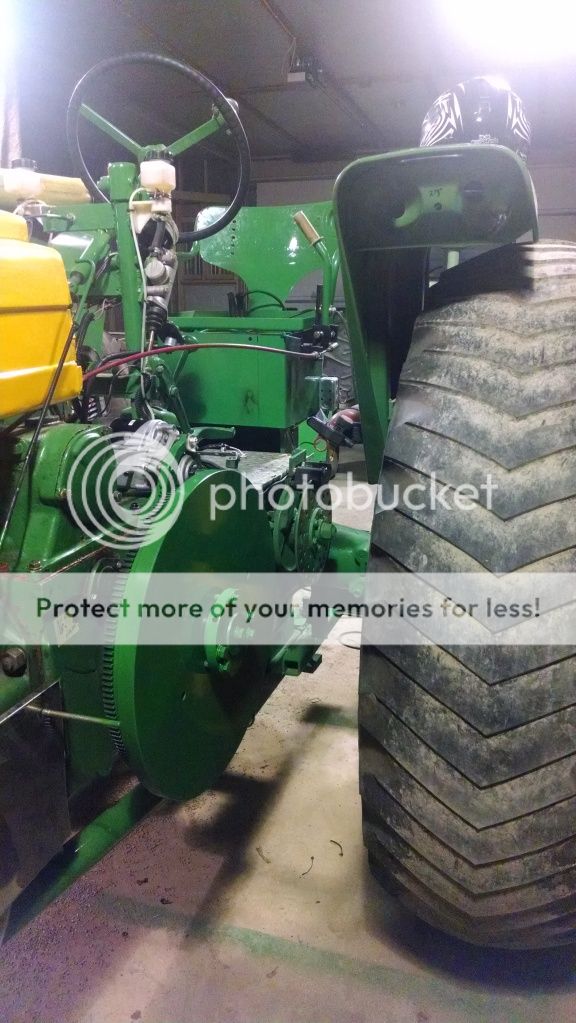Richard in Bee
Member
Are flywheels balanced only in relation to themselves (like a tire) or in relation to the crankshaft and in the case of two cylinders the pulley?
The reason I ask is that occasionally in cases of engine transplants or conversion the tractor might end up with two flywheels. This last summer I talked to a guy who put a V12 GM in an M Farmall. He told me that it still had the M flywheel and clutch in it. Somehow I never got around to asking him if that messed up the balance of the engine.
The reason I ask is that occasionally in cases of engine transplants or conversion the tractor might end up with two flywheels. This last summer I talked to a guy who put a V12 GM in an M Farmall. He told me that it still had the M flywheel and clutch in it. Somehow I never got around to asking him if that messed up the balance of the engine.


